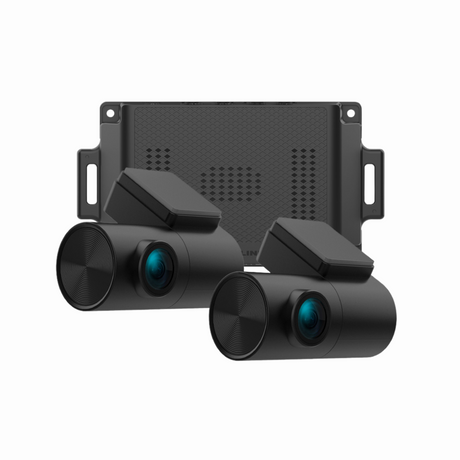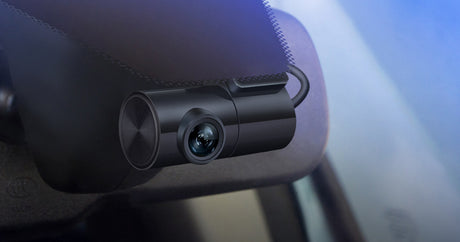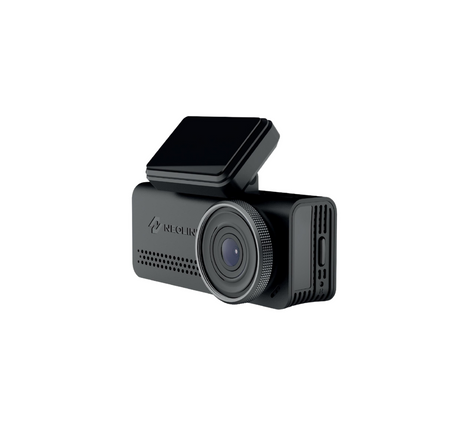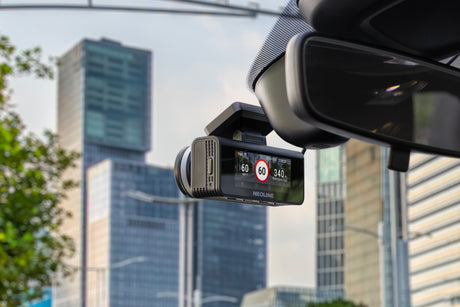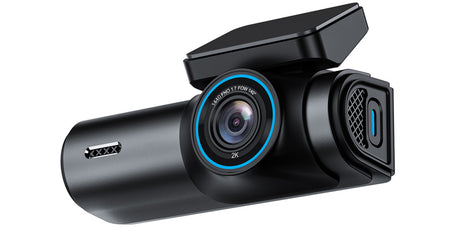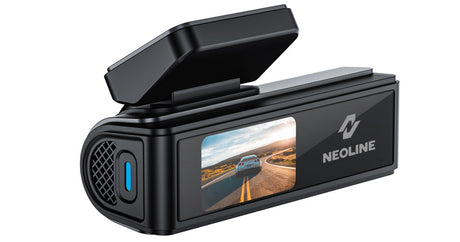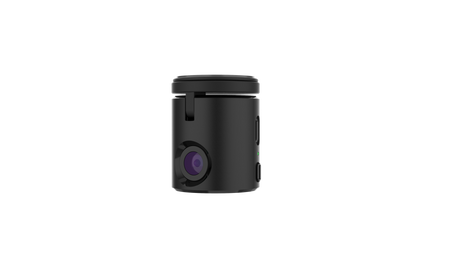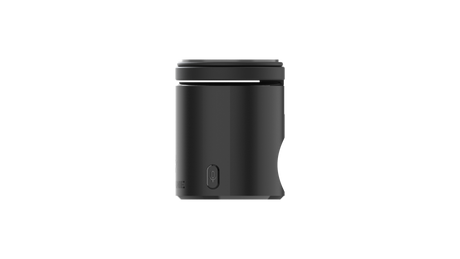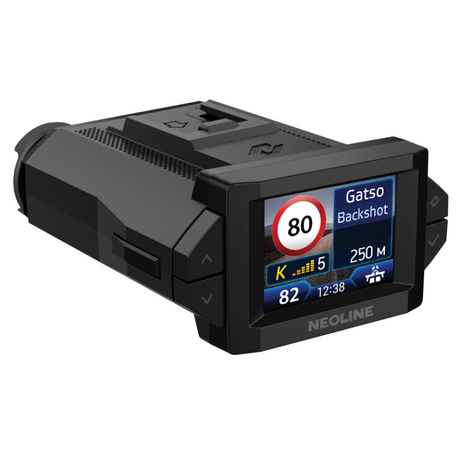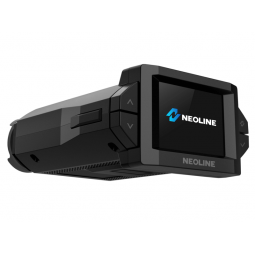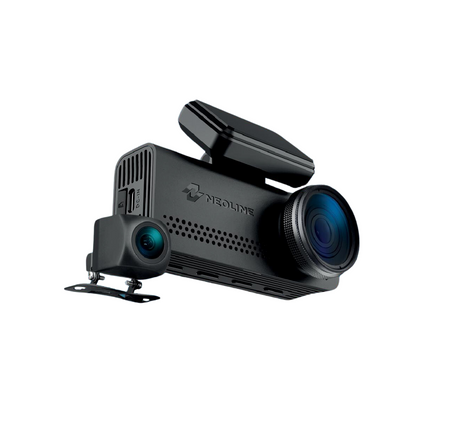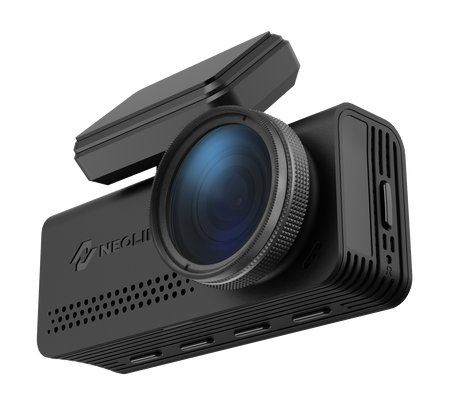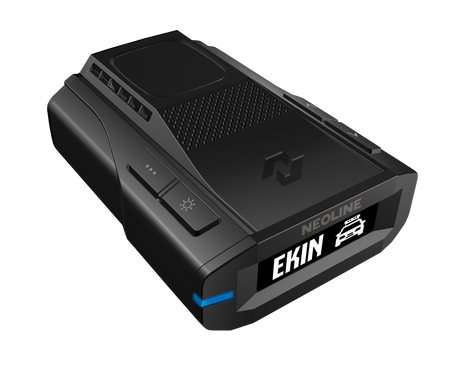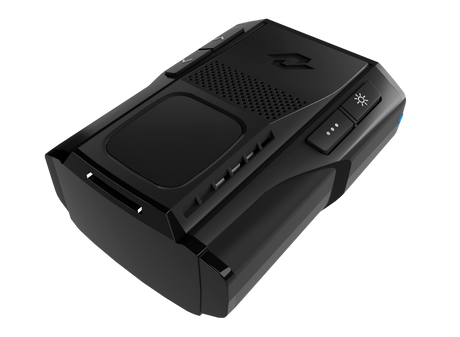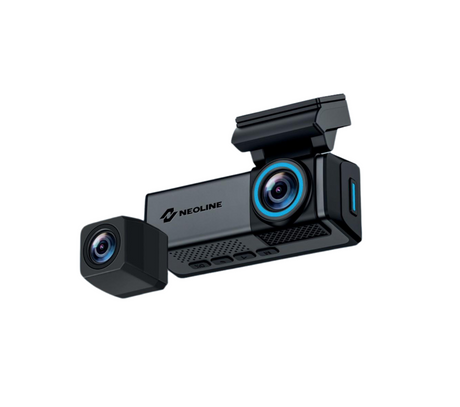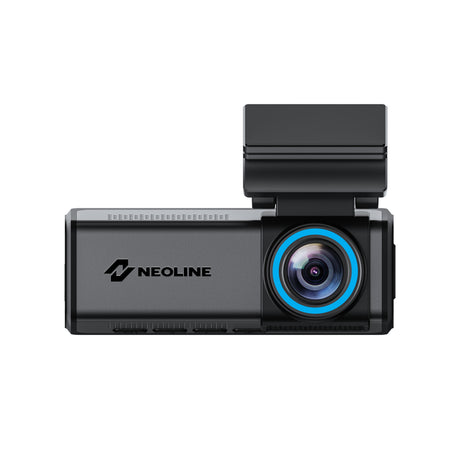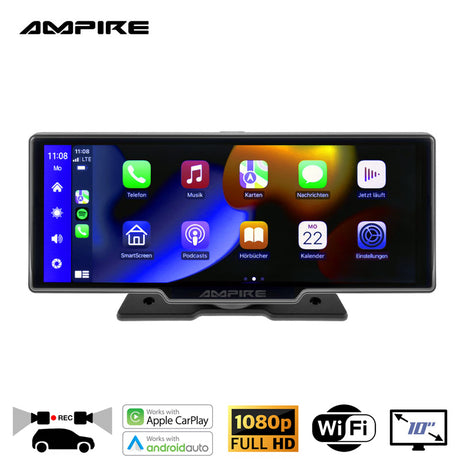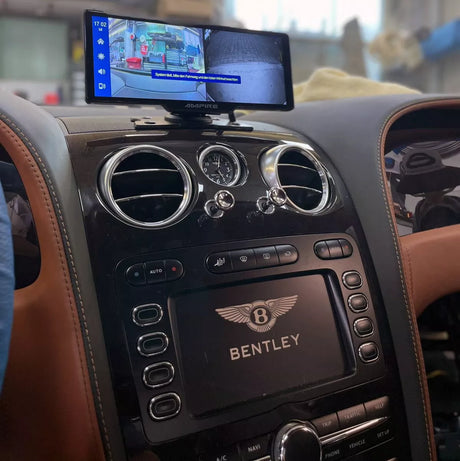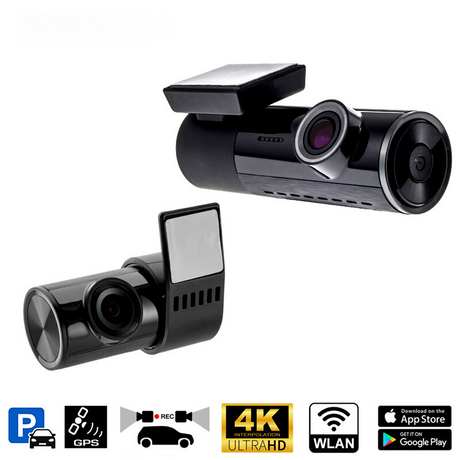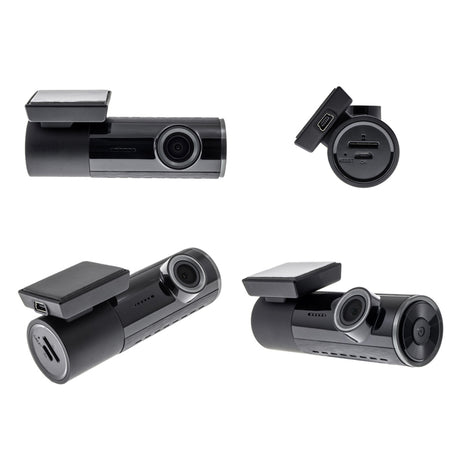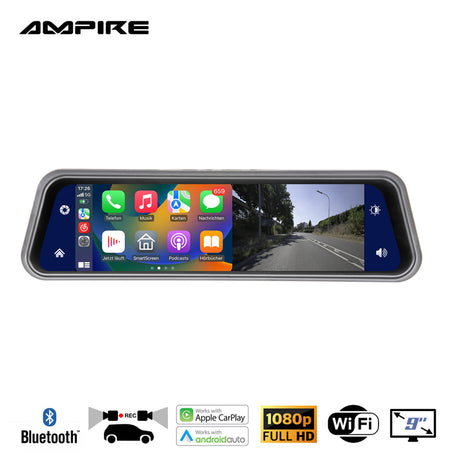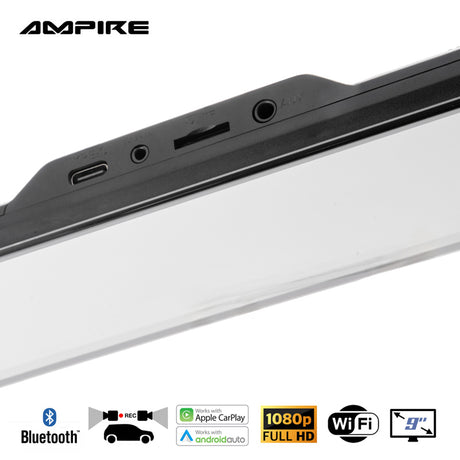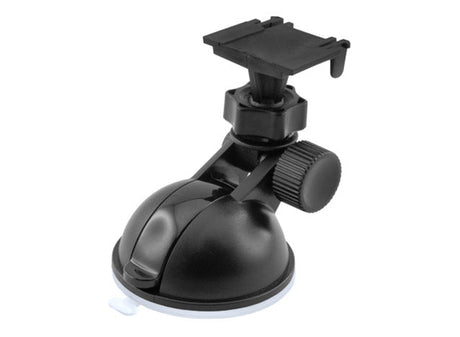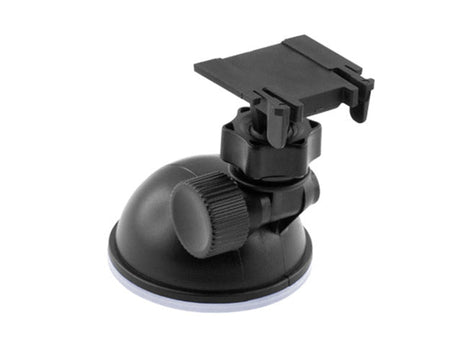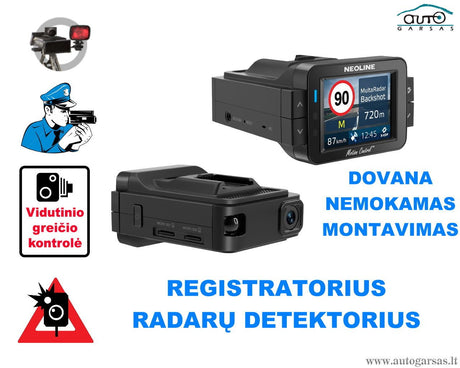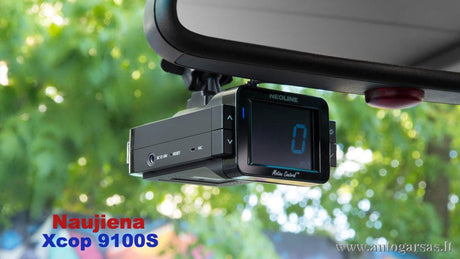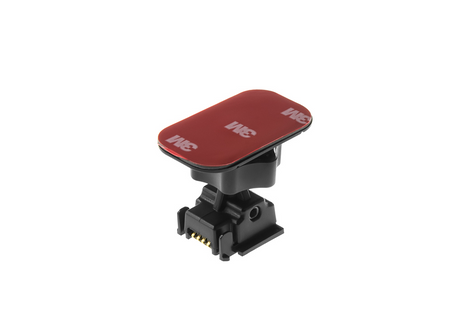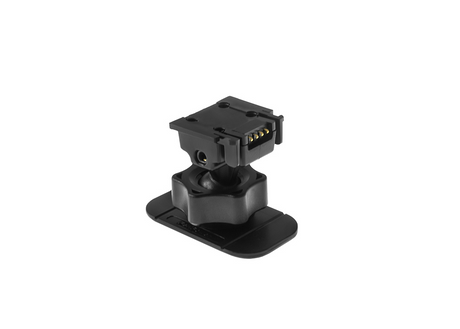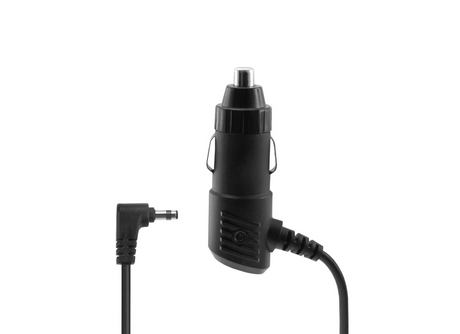
Choosing the right one for you video recorder, it is understandable that its "filling" will be in the first place - it is the capabilities of the processor and matrix that determine the functionality of the device, and the image quality directly depends on this. In this area, there is a very rapid moral "obsolescence" of the device: until recently, the tandem of Ambarella's A5 and Omnivision OV2710 matrix was considered topical, but now it is found even in low-budget devices.
Although, such a configuration is also found in inexpensive recorders. So, the price of a video recorder does not guarantee the desired configuration. The device matrix must have the ability to reproduce a higher resolution than the recording device. In this case, with the help of interpolation of the signal of several physical pixels, the image is created into one virtual one - the level of "noise" is reduced, which is very important for compact matrices used in video recorders. That is, for filming in 1080p resolution, the matrix must be at least 2Mp (in this case, pixels are counted 1:1), and ideally - 4Mp and more (interpolation at least 2:1). If you are told that with a 1.3Mp matrix you will get a 1080p result, you can not even look at such a device.
When it comes to optics, the laws are indisputable – the larger the lens, the easier it is to get a high-quality image. Especially in the dark. So, models with a microscopic “eye” must be put aside. In a high-quality video recorder, as a minimum, the relative aperture marking must be on the lens itself. The smaller it is, the greater the light power of the lens, the better the lens.
The specifics of automotive use make polarizing filters that eliminate reflections from the windshield a necessity. In this case, from two similar models, it is advisable to choose the one that has such a filter.
It should be noted, that the characteristics of the devices indicate the diagonal viewing angle. In previous car video recorders, the viewing angle of HD mode was indicated, and in Full HD mode it was not possible to film in this way. But, you will not find such devices anymore.
So, the optimal viewing angle is 130-140°. Anything more is not necessary. It only increases the size of the frame and reduces the quality of the image. Anything less is a disadvantage. The "Eye" must also show the surrounding area.
At the right moment, a video recorder will become your best friend and help you prove your innocence. Therefore, we recommend that you choose your device carefully.
Construction
We can now purchase video recorders in a variety of designs. Each has its advantages and disadvantages.
Traditional
The camera, control unit and screen are in one housing. The relative advantage is that everything is connected with one cable (power). As a disadvantage, we can name the dimensions of the device. Especially if the screen is not foldable, but built-in.
Modular
The camera and the main unit, and less often the screen, are as separate segments. The compact camera does not attract attention, and the control unit is placed in the cabin compartment after the initial setup, which allows it to be easily removed from there if necessary. But there are also disadvantages: the number of wires increases and the price "grows".
Mirror
All the "contents" of the video recorder are hidden in the rearview mirror, which is attached to (on) the mirror in the car's interior. The camera is located at the back, and the screen is directly under the glass and is invisible when the device is turned off. As a counterweight to the compactness, it is quite expensive and there is no possibility of using it outside the car interior.
Hybrid devices
Video recorders combined with a navigation device or radar detector. There are devices that can be used as action cameras outside the car. The advantage of such car video recorders can be called their versatility, but for all this you will have to pay a lot of money.
Resolution
Matrix resolution is the main parameter that directly affects the quality of the footage. And this gives a greater opportunity to prove your case in extreme situations. There are three main standards: HD, Full HD, Super HDThe outdated VGA is almost obsolete, and the more modern 4K has not been implemented in practice due to its high price, large file size, and high processor load.
- DVRs of this standard record video at a resolution of 1280x720. Now, this is a minimum requirement. Even low-budget devices have matrices with such a resolution. They do not produce "blurred" frames at the edges and the image has clear boundaries of objects.
- Full HD. Devices that support Full HD record at 1920x1080 resolution and boast a much sharper view of the road environment. All objects, inscriptions, road markings and license plates will be clearly visible in the video.
- Super HD. Devices of this standard record images at a resolution of 2304x1296. It enables high detail and, when enlarged, allows you to see important details.
If you want from the video recorder to get the maximum, choose models with Super HD video capabilities. Such devices will require a much larger and faster memory card. This will require higher costs. But you will be pleased with the almost cinematic video quality.
Be careful when evaluating devices with this parameter. Nowadays, there are quite a few video recorders with artificially induced indicators, which manufacturers achieve with the help of interpolation (or, more simply, image stretching). With such a device, you will have a poor-quality, "soapy" image, and you should not even expect detail.
Currently, Full HD video recorders are considered the most optimal. But even if you have a limited budget, you have the option to purchase a regular HD one, which will be a great choice.
Viewing angle
This is a very important parameter on which the result of the video recorder's work will depend. The larger the viewing angle, the more of the road and roadside image falls into the frame. It should be at least 120 degrees horizontally or 145 degrees diagonally. Pay special attention to the fact that some manufacturers indicate a diagonal angle that is larger.
In addition, the manufacturer sometimes specifies the maximum viewing angle, which is possible only when recording video in a lower resolution. For example, when recording in Full HD mode, 90-100° is “captured”, but if you select HD recording mode, the angle will increase to the declared 120°. It should also be remembered: too large a viewing angle (from 170° horizontally) will round the edges of the image, creating a “fish-eye” effect. Such a viewing angle is useful when driving at low speeds in the city. This will allow you to better see the roadside and adjacent lanes.When driving on the highway, such a viewing angle will cause more inconvenience.
Type and mechanism of fastening
The most common mounting options are a vacuum suction cup and double-sided adhesive tape. Some car dash cams come with two mounting elements. In this case, you can conveniently test the dash cam with the suction cup and find the optimal position, after which you can attach it more stably with adhesive tape.
- Vacuum suction cup - more convenient in that it allows you to easily change the location of the recorder and, if necessary, easily remove it. On the other hand, it increases the dimensions of the device.
- Double-sided adhesive tape - the recorder is attached once, and you can only remove it if the hinge design allows it.
Nevertheless, this option is more compact, designed to be mounted behind the rear-view mirror, does not obstruct vision, is less likely to attract the attention of car thieves, and does not come loose in winter.
Pay attention to whether the video recorder has a tilt (rotation) mechanism. This will allow you to point the camera in the right direction if necessary.
The fewer joints in the structure and the smaller they are, the less the device will vibrate while driving, which will avoid a "shaky" image.
Power supply
All video recorders operate from the car's electrical network. The power cord adapter connects to the cigarette lighter or to an electrical outlet. After that, the cable is stretched to the device's mounting location, around the windshield perimeter, under the dashboard or in another intended way.
Many video recorders have their own batteries (built-in or external), which will power the device if the car "turns off", which happens occasionally, especially in inconvenient situations. The battery capacity is enough for a few minutes of operation, just in such cases. There are also recorders that can work in full camera mode outside the car.
Additional functions
It is understandable that video recorders have a wide variety of functions and settings. Oddly enough, their presence is not always a good thing.
Useful features:
- Shock sensor - is available in almost all devices, which helps to avoid the cyclical overwriting of the video (in the event of a filmed collision, extreme acceleration or braking, as well as in the event of a car rollover).
- WDR (Wide Dynamic Range) - a function that stabilizes brightness in various parts of the frame. Improves image quality by eliminating light flashes caused by oncoming car headlights at night and by bright sunlight during the day.
- GPS module - records the route and coordinates, and also reports speeding or speed cameras.
- Audible signals when crossing lane markings or simply by setting a timer. On long journeys, this will help prevent falling asleep while driving.
- Image stabilization - reduces video stuttering and shaking.
- Motion sensor - allows automatic recording when there is movement in the frame. This will help you find the culprit if something unpleasant happens while parking your car.
Useless features:
- HDMI - there is no point in viewing video from a video recorder on a TV.The recording can be viewed directly from the memory card (using a PC and the necessary devices), which will facilitate your testimony as evidence in the event of unpleasant events.
- Touch screen - very inconvenient compared to a button-controlled device. If the screen is of the right size like the one on X-COP R750, X-COP R700, X-COP 9700 then, conversely, sensor control becomes very convenient, you don't have to think about what to press.
- Camera function - it is unlikely that you will use this device to take pictures of the scene of an incident or similar. The camera on your phone is more often used for this.
- LED lighting - according to its purpose, this should improve the image quality when filming in the dark. But in reality, the device does not manage to perform this function qualitatively.
Buyer's note
As you can see, there are not that many parameters for video recorders. Therefore:
- When narrowing your search, select the main criteria that will fit your chosen budget and functional usage needs.
- Select several models that meet your requirements.
- Also, using YouTube, carefully watch video reviews. This will help you learn more about the features of specific video recorders and help you make a final decision on which device to choose.
Car audio offers Neoline Video Recorder and Radar Detector. - Press





